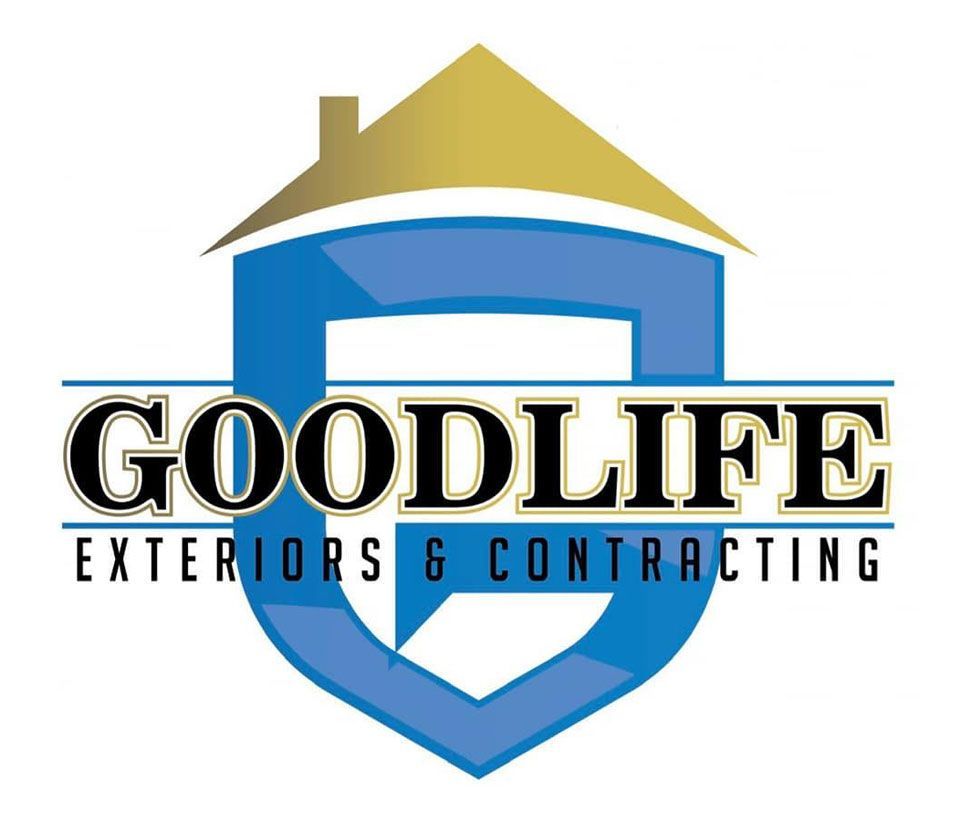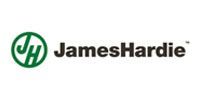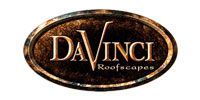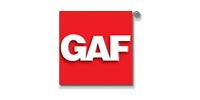September 19, 2025
Understanding when to repair your roof is crucial for maintaining the integrity of your home. Ignoring the early signs of damage can lead to larger issues, escalating costs, and safety hazards. In this article, we explore the signs that indicate the need for roof repair, what can happen if you delay repairs, and how to assess whether a repair or a replacement is necessary. Proper maintenance and timely repairs can prolong the life of your roof, keep your home safe, and maintain its value. Whether it's minor fixes or more extensive restoration, knowing when to act is key.
Visible Signs of Roof Damage
Examine the roof for any missing, cracked, or curling shingles as these can be signs of aging or damage that require attention. Shingles protect the roof from water intrusion, and their absence compromises this barrier, leading to potential water damage. They may become loose and fall off due to weather conditions or the natural aging process of the materials. Regular missing shingle checks can help avoid more serious roof issues later. Repairing or replacing damaged shingles promptly ensures your roof continues to perform its function effectively.
Look for water stains on ceilings or walls inside your home that may indicate roof leaks. These stains often appear as discolored patches and are a clear sign that moisture is penetrating your roofing system. Ignoring water stains can lead to mold growth and structural damage, posing health risks and expensive repairs. Early detection is vital, so if you spot these signs, inspect your roof to identify the leak's source. Addressing the issue quickly can prevent further interior damage and maintain the safety of your home environment.
Check gutters for granule buildup, which can mean shingles are wearing down. Granules are designed to protect shingles from ultraviolet (UV) sunlight and provide a fire retardant layer. Over time, weather events can cause these granules to loosen and wash into your gutters. A significant granule presence in gutters suggests that your roofing materials are reaching the end of their lifespan. Ensuring gutters are clean can prevent blockages and allow for early intervention on the roof's deteriorating surface.
Note any moss or algae, which can trap moisture and cause roof damage over time. While they may seem harmless or provide an aged aesthetic, moss and algae grow can lead to moisture retention, weakening roof structures. Moisture can lead to decay of the underlying materials, affecting both the aesthetics and the functionality of your roof. Preventive measures include regular cleaning and treatment with appropriate solutions. Addressing moss early can preserve not just the roof's appearance but its structural integrity as well.
Inspect for areas where the roof deck appears uneven, a potential indicator of structural compromise. A sagging roof deck may suggest problems with the roof's structural support, potentially due to prolonged moisture exposure or inadequate original construction. This condition demands immediate attention, as it could indicate serious issues impacting the safety of your home. Timely inspections can help spot these issues before they progress to complete structural failure. Repairing sagging areas early can prevent substantial damage and the need for larger repairs or replacement.
Weather-Induced Roof Damage
Evaluate any potential damage post-storm events such as high winds, heavy rains, or hail. Storms can bring about sudden and severe damage, displacing shingles, and impacting the structural integrity of the roof. According to Rooflink, NOAA reported that over 12 million U.S. properties experienced hail damage in 2024, indicating a substantial number of roofs affected by storm-related events. Promptly inspecting and addressing storm damage can prevent leaks and further structural compromise. Documenting and repairing damages can also support insurance claims processes.
Consider the impact of extreme heat or cold on roofing materials and assess for expansion or contraction damage. Both heat and cold can cause materials to expand or contract, leading to cracks or premature aging of the roof. Seasonal inspections can identify such thermal damage early, facilitating repairs before they become critical. Implementation of roofing materials suited to the local climate can help mitigate these effects. Proactive approaches ensure that the roof survives seasonal extremes with minimal deterioration.
Understand the potential for ice dams and heavy snow accumulation causing structural strain or leaks. Snow can be heavy, placing stress on the roof and potentially causing sagging or collapse. Ice dams form when snow melts and refreezes at roof edges, leading to water backup and leaks. Ensuring proper insulation and ventilation in the attic can reduce the risk of ice dams. Timely removal of snow accumulation also prevents excessive weight-related roof damage.
Recognize the long-term effects of UV exposure on roofing materials, leading to brittleness or fading. Continuous UV exposure can degrade roofing materials, causing them to become brittle and fail faster than expected. It's essential to choose roofing materials that have UV-resistant properties to prolong their lifespan. Regular assessments can detect early signs of UV damage, allowing for effective repairs and maintenance. Maintaining a UV-protected roof extends its life and protects your home from further damage.
Prepare and inspect for any unforeseen weather patterns that could lead to unexpected damage. Weather conditions are increasingly unpredictable due to climate changes, affecting your roof's resilience. Regular, comprehensive inspections can help identify weather-related damages, reducing long-term impact. Keeping abreast of weather forecasts and preparation recommendations supports better management of unusual weather threats. Proactive strategies and responsive inspections ensure steel resilience under diverse conditions.
Age of the Roof
Regular check-ups can reveal how well a roof is aging against its expected lifespan and whether delaying replacement is viable. Timely assessment ensures both financial and structural benefits are maintained.
Recognize signs that suggest a roof is reaching the end of its useful life, like persistent leaks or brittle shingles. Over time, roofs naturally show signs of wear and tear, prompting needful repairs. Sagging, missing shingles, and leaks are clear signs that replacement might be necessary. Regular maintenance and swift action on visible aging signs can delay full replacement costs. Ensuring your roof's health prolongs utility and maximizes investment returns.
Evaluate the regularity and effectiveness of past maintenance and how it impacts longevity. Well-maintained roofs typically outlast those neglected in terms of maintenance and care. Scheduled inspections and minor repairs can address issues early, extending a roof's functional life. Asset protection through consistent upkeep is among the most cost-effective strategies for home maintenance. A comprehensive approach to care fosters longevity and reduces overall repair costs.
Consider advancements in roofing technology that may influence repair versus replace decisions. The introduction of innovative materials and techniques like cool roofs or solar-integrated shingles extends lifespan and efficiency. New materials may offer greater resilience to environmental stresses and prolong the roof's efficacy. Incorporation of technological upgrades can impact whether repair or replacement is more advantageous. Staying updated on industry advancements ensures informed decisions and enhanced property investment.
Recognizing the right time to undertake roof repairs can prevent further damage, save costs, and ensure the safety and comfort of your home. By attending to visible damage, understanding weather impacts, and considering financial and environmental factors, homeowners can make informed decisions. Regular professional inspections, consistent maintenance, and adaptation of innovative techniques enhance the durability and efficiency of roofing systems. Fostering awareness and commitment to roof preservation secures its future utility, coverage, and resilience. Investing appropriately prolongs life, sustains value, and enhances the property condition, securing the comfort and safety of those within. Be sure to reach out to Goodlife Exteriors & Contracting today for more information on our professional roof repair !









